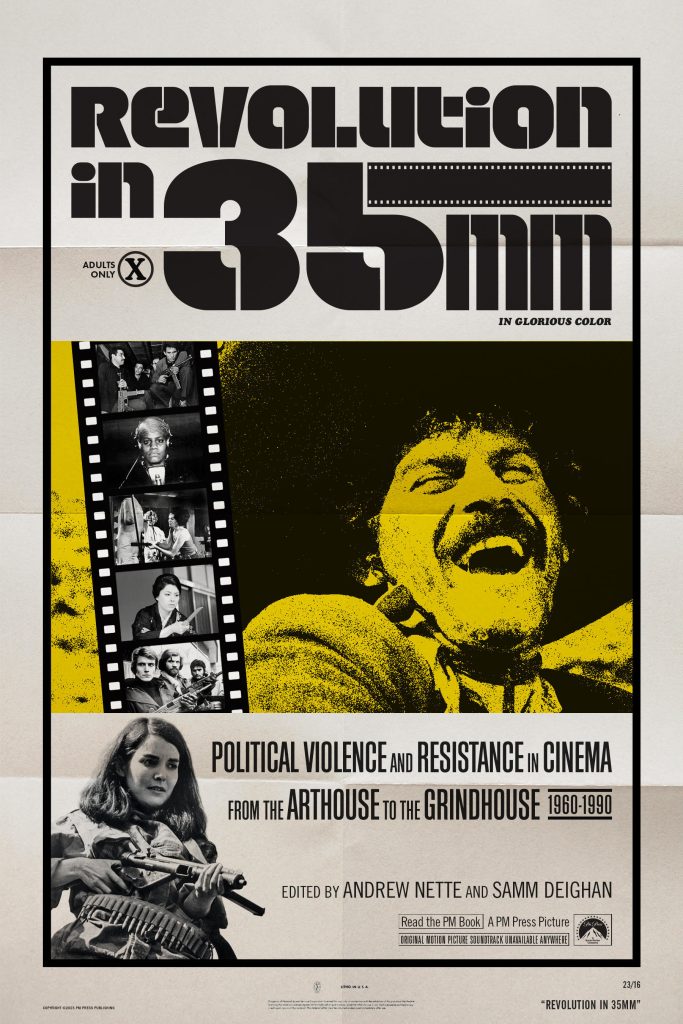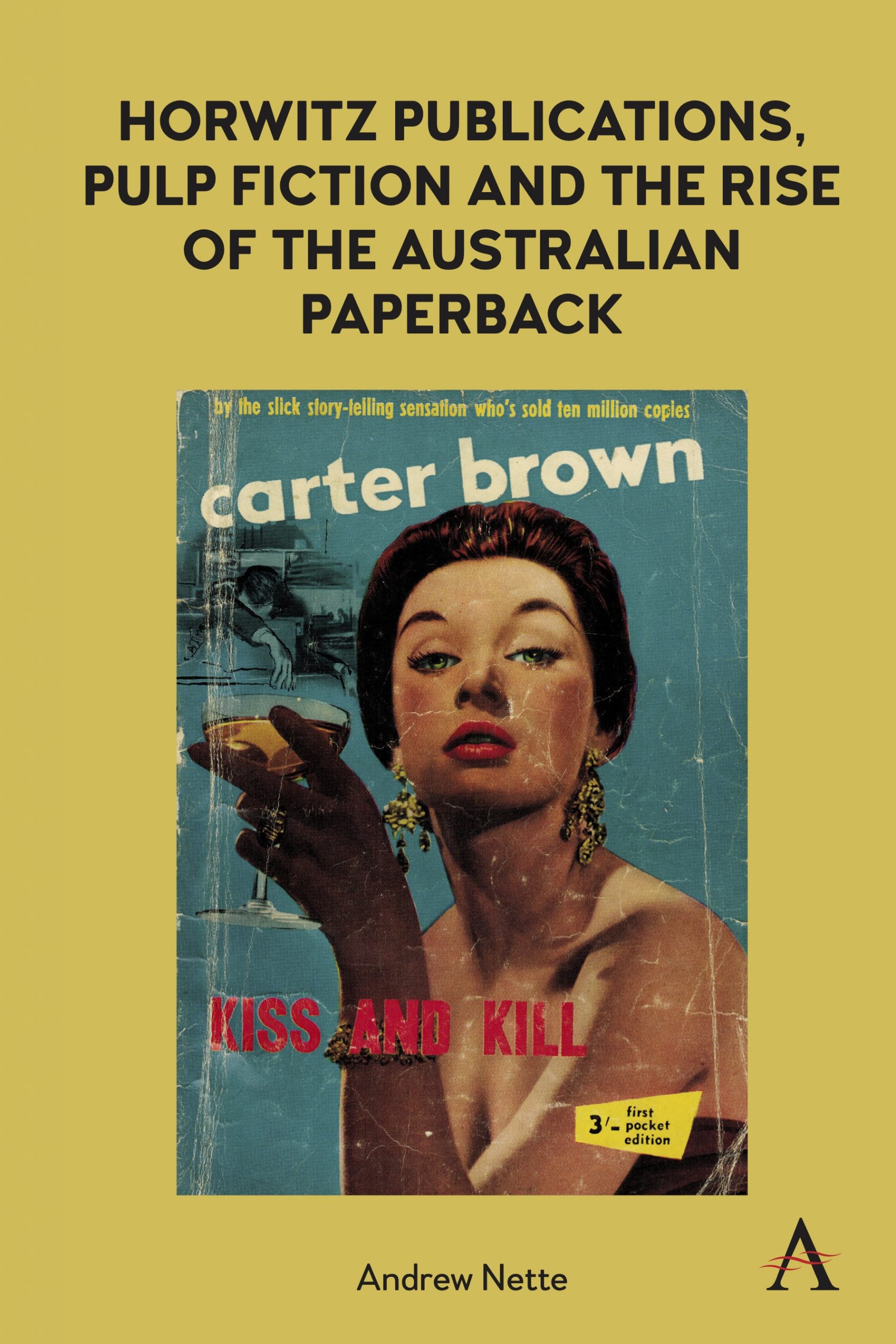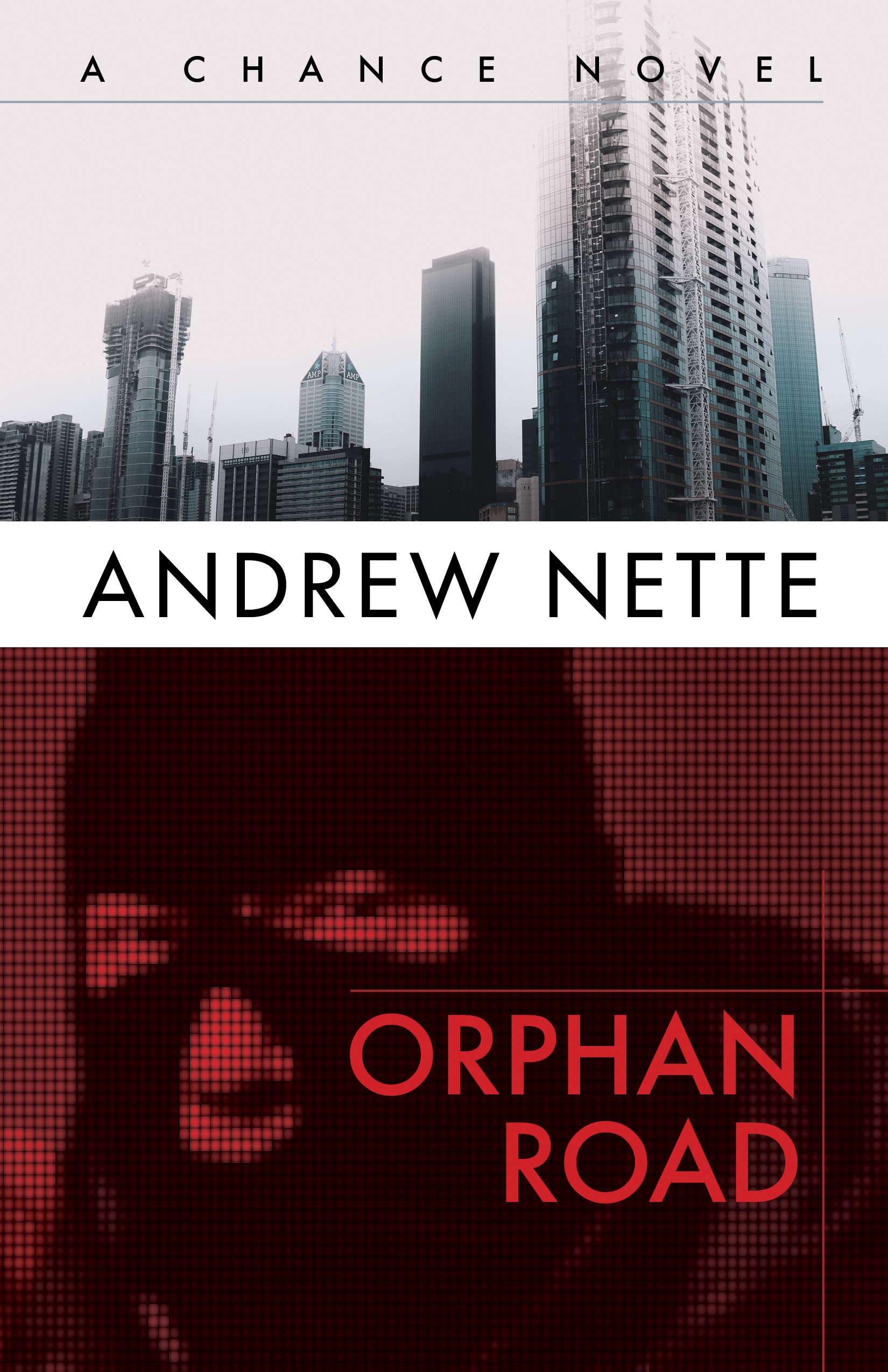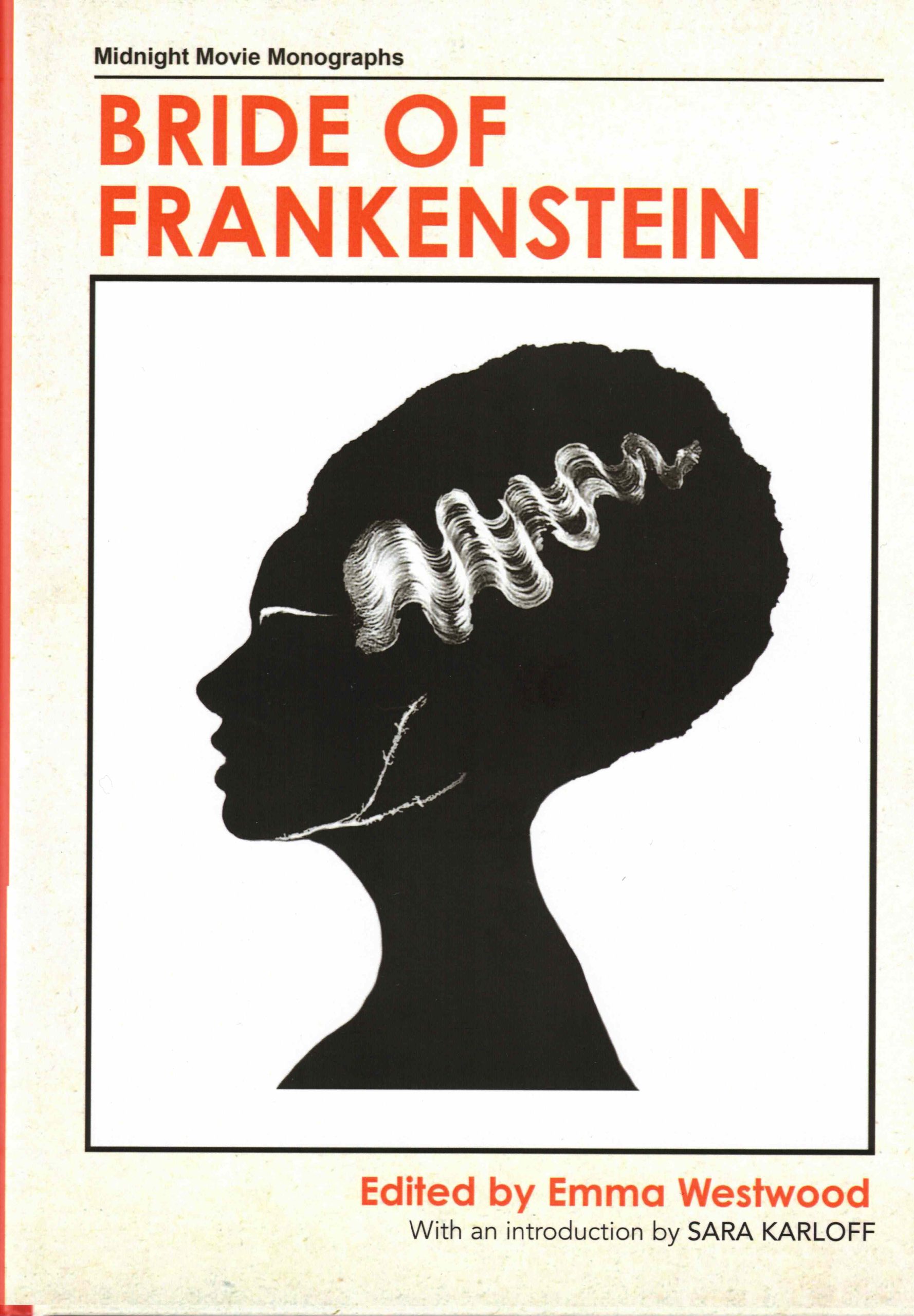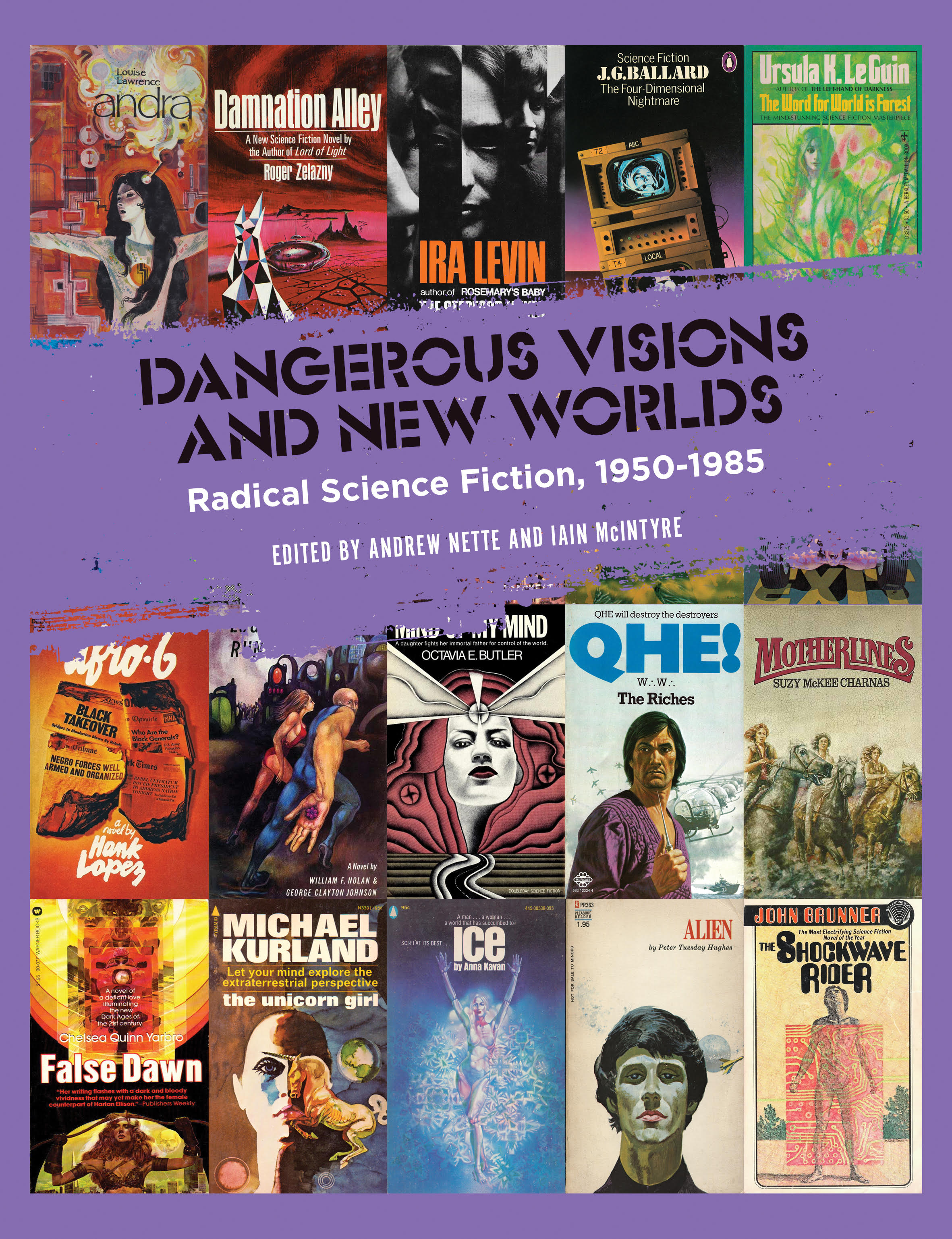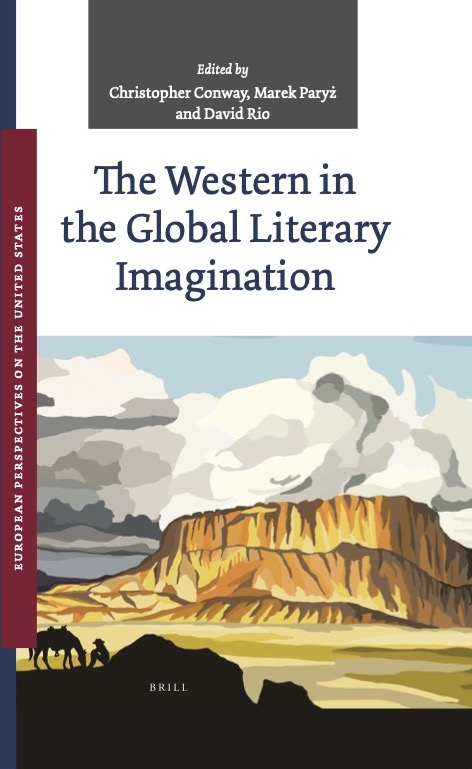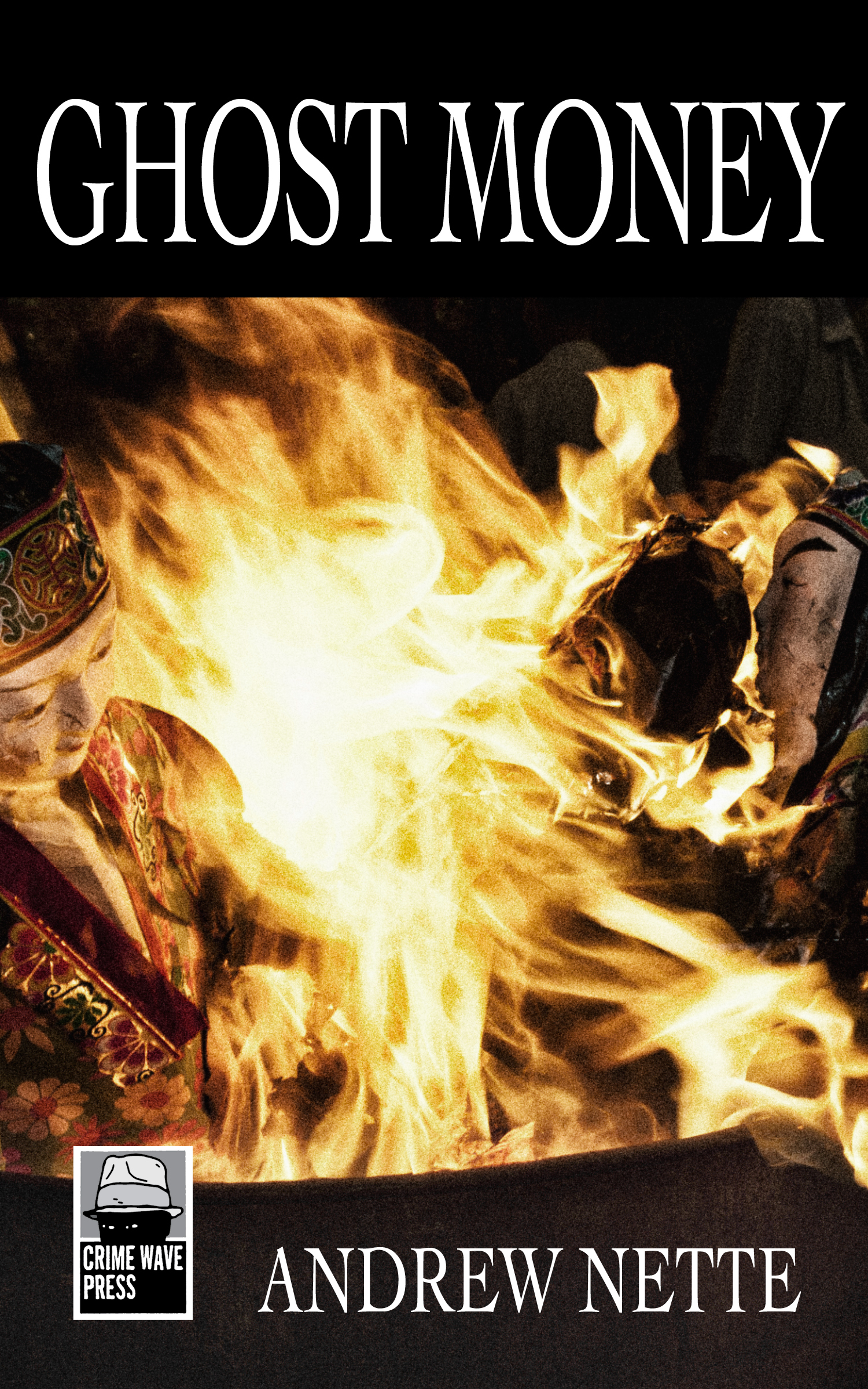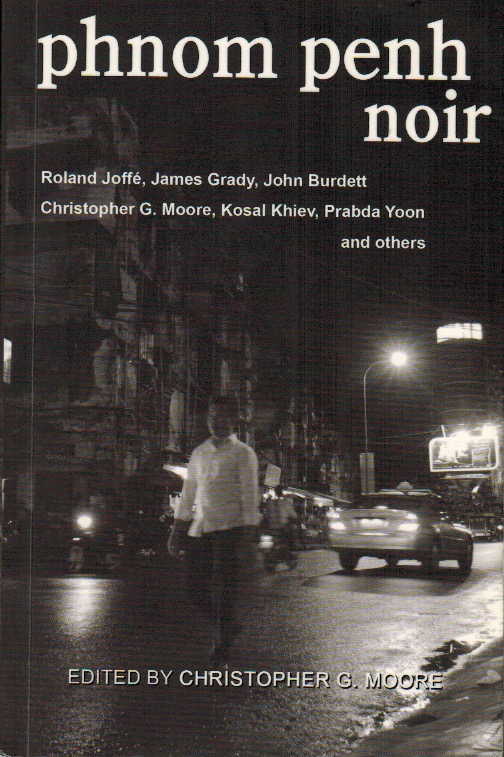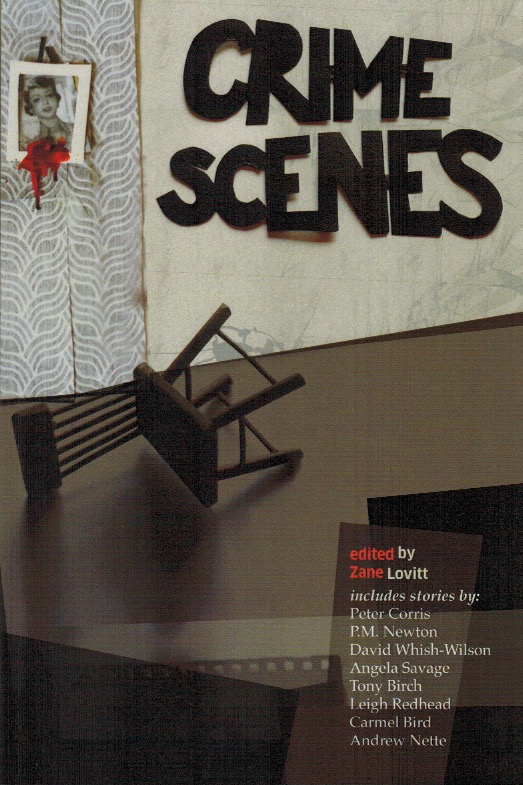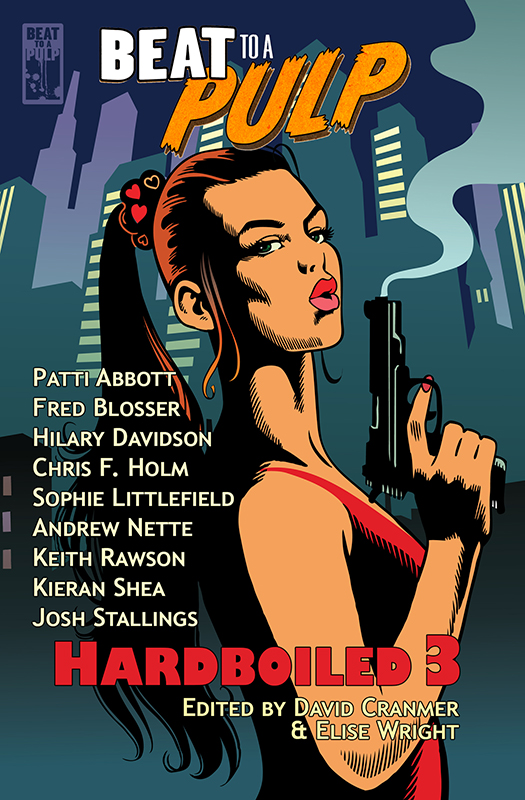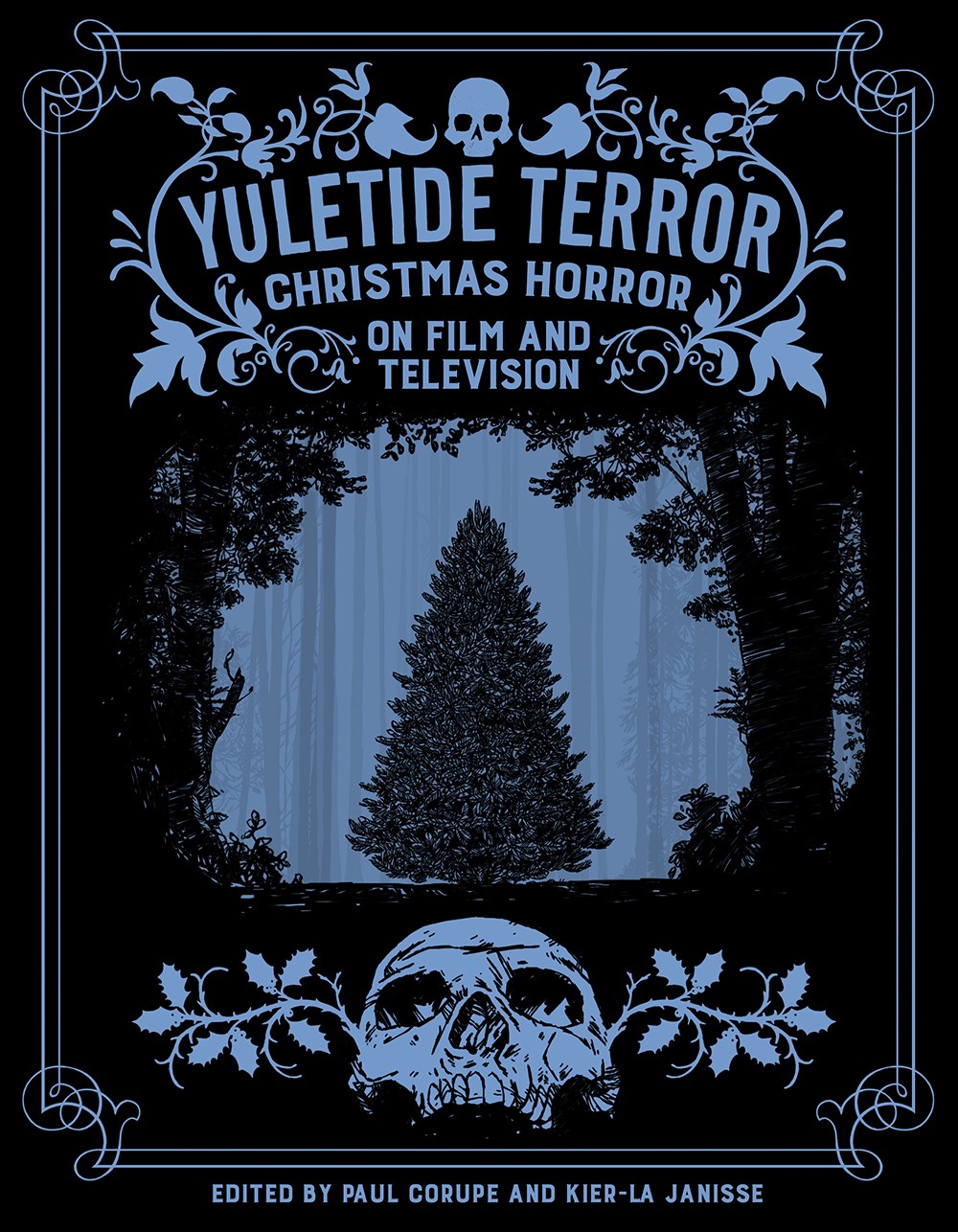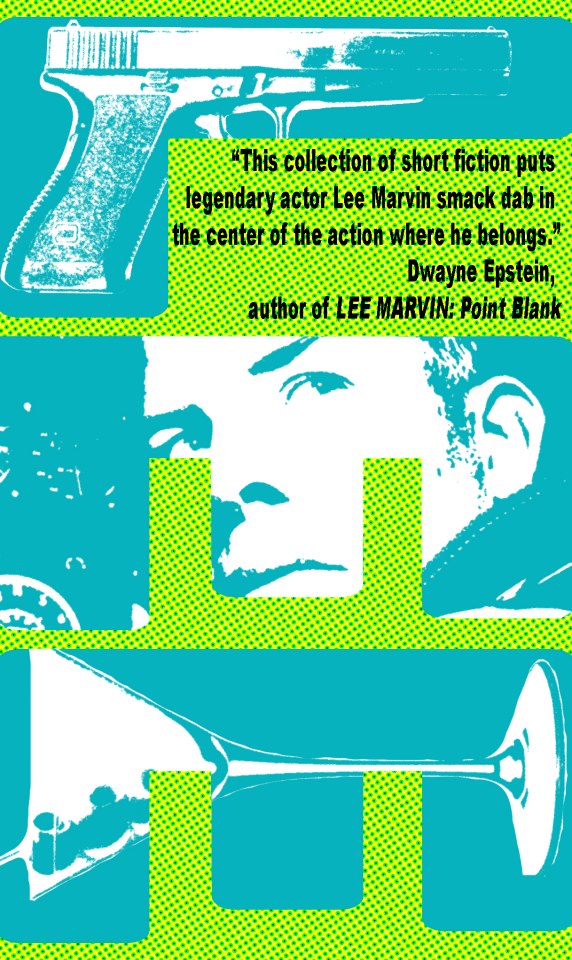Search
-
Recent Posts
- Dishing up Pulp Curry in a new way: why I am starting a Substack newsletter
- Book reviews: Deadly dames, midcentury Brit pulp and 1970s science fiction
- Mackenna’s Gold (1969): Gold, Ghosts and Frontier Violence
- Orphan Road book launch
- Orphan Road now available
- Pre-orders open for my new novel, Orphan Road
- Cover reveal: Orphan Road, my follow up to Gunshine State
- Breakfast in the Ruins podcast: New English Library Bikermania
- Why 1973 was the year Sidney Lumet took on police corruption
- Men’s Adventure Quarterly: Gang Girls issue
Categories
- 1960s American crime films
- 1970s American crime films
- 1980s American crime films
- 1990s American crime films
- Adrian McKinty
- Albert Dekker
- Andre De Toth
- Angela Savage
- Angie Dickinson
- Anthony Zerbe
- Asian noir
- Australian crime fiction
- Australian crime film
- Australian noir
- Australian popular culture
- Australian pulp fiction
- Australian television history
- Ava Gardner
- Beat culture
- Belmont Tower Books
- Ben Wheatley
- Billie Whitelaw
- Black pulp fiction
- Blaxsploitation
- Book cover design
- Book Reviews
- British crime cinema
- British pulp fiction
- Bryan Brown
- Burt Lancaster
- Carter Brown
- Charles Durning
- Charles Willeford
- Chester Himes
- Christopher G Moore
- Christopher Lee
- Cinema culture
- Claude Atkins
- Coronet Books
- Crawford Productions
- Crime Factory
- Crime Factory Publications
- Crime fiction
- Crime fiction and film from Africa
- Crime fiction and film from Cambodia
- Crime fiction and film from China
- Crime fiction and film from India
- Crime fiction and film from Indonesia
- Crime fiction and film from Japan
- Crime fiction and film from Laos
- Crime fiction and film from Latin and Central America
- Crime fiction and film from Malaysia
- Crime fiction and film from New Zealand
- Crime fiction and film from Scandinavia
- Crime fiction and film from Singapore
- Crime fiction and film from South Korea
- Crime fiction and film from Thailand
- Crime fiction and film from the Philippines
- Crime Fiction and film set in Vietnam
- Crime film
- Dangerous Visions and New Worlds Radical Science Fiction 1950 to 1985
- David Goodis
- David Peace
- David Whish-Wilson
- Derek Raymond
- Diana Dors
- Dirk Bogarde
- Don Siegel
- Don Winslow
- Donald Westlake aka Richard Stark
- Dystopian cinema
- Ernest Borgnine
- Eurocrime
- Fawcett Gold Medal Books
- Femme fatale
- Fernando Di Leo
- Filipino genre films
- Film Noir
- Forgotten Melbourne
- French cinema
- French crime fiction
- Garry Disher
- Gene Hackman
- George V Higgins
- Georges Simenon
- Ghost Money
- Giallo cinema
- Gil Brewer
- Girl Gangs, Biker Boys and Real Cool Cats: Pulp Fiction & Youth Culture, 1950-1980
- Gloria Grahame
- Gold Star Publications
- Gregory Peck
- Gunshine State
- Heist films
- Horror
- Horwitz Publications
- Humphrey Bogart
- Ian Fleming
- Interviews
- Ira Levin
- James Caan
- James Crumley
- James Ellroy
- James Hadley Chase
- James Woods
- Jim Brown
- Jim Thompson
- Joel Edgerton
- John Frankenheimer
- Joseph Losey
- Karen Black
- Kerry Greenwood
- Kinji Fukasaku
- Larry Kent
- Laura Elizabeth Woolett
- Lee Marvin
- Leigh Redhead
- Lindy Cameron
- M Emmet Walsh
- Mad Max
- Mafia
- Malla Nunn
- Martin Limon
- Megan Abbott
- Melbourne International Film Festival
- Melbourne Writers Festival
- Men's Adventure Magazines
- Michael Caine
- Michael Fassbender
- Mickey Spillane
- Monarch Books
- Ned Kelly Awards
- Neo Noir
- New English Library
- Newton Thornburg
- Noir Con
- Noir fiction
- Non-crime reviews
- Oren Moverman
- Orphan Road
- Ozsploitation
- Pan Books
- Parker
- Paul Newman
- Peter Boyle
- Peter Corris
- Peter Strickland
- Peter Yates
- Poliziotteschi
- Pulp fiction
- Pulp fiction in the 70s and 80s
- Pulp fiction set in Asia
- Pulp Friday
- Pulp paperback cover art
- Qui Xiaolong
- Raymond Chandler
- Richard Burton
- Richard Conte
- Robert Aldrich
- Robert Mitchum
- Robert Ryan
- Robert Stone
- Rock Hudson
- Roger Smith
- Rollerball
- Rosaleen Norton
- Roy Scheider
- Rural noir
- Sam Levene
- Sam Peckinpah
- Samuel Fuller
- Science fiction and fantasy
- Scripts Publications
- Sidney Lumet
- Sidney Poitier
- Simon Harvester
- Snowtown
- Snubnose Press
- Spies
- Stanley Baker
- Sterling Hayden
- Steve McQueen
- Sticking it the the Man Revolution and Counter Culture in Pulp and Popular Fiction 1950 1980
- Stuart Rosenberg
- Tandem Books
- Tart noir
- Tartan Noir
- Ted Lewis
- Toni Johnson Woods
- True crime
- Vicki Hendricks
- Victor Mature
- Vintage mug shots
- Vintage pulp paperback covers
- Wallace Stroby
- War film
- Westerns
- William Friedkin
- Woody Strode
- Yakuza films
- Yaphet Kotto
Nothing but noir
Recommended reading
The lurid world of pulp
- 20th century Danny Boy
- American Pulps
- Bear Alley
- Bloody, Spicy, Books
- Comics Down Under
- Everything second hand
- Existential Ennui
- Greenleaf Classic Books
- Irv O. Neil's Erotica is My Trade
- Killer Covers
- Lost Classics of Teen Lit 1939-1989
- Luminist Archives
- Men's Pulp Mags
- Mporcius Fiction Log
- Murder, Mayhem and Long Dogs
- Neglected Books
- Nocturnal Revelries
- Paperback Warrior
- Paperbacks of the Gods
- Pop Sensation
- Pulp artists
- Pulp Covers
- Pulp Crazy
- Pulp Flakes
- Pulp International
- Pulp Magazines Project
- Pulp Serenade
- Realms of the Night
- Romance Fiction Has a History
- Rough Edges
- Sin Street Sleaze
- Spy Guys and Gals
- The department of Afro American Research Arts & Culture
- The Dusty Bookcase
- The Haunted World of Richard Sala
- The Moon Lens
- The Nick Carter & Carter Brown Blog
- The Pulp & Paperback Fiction Reader
- Too Much Horror Fiction
- True Pulp Fiction
- Vault of Horror
- Vintage Nurse Romance Novels
- Vintage Romance Novels
- Welcome to the Pan Paperback
- Yellow and Creased
Support This Site
If you like what I do please support me on Ko-fi
Category Archives: Neo Noir
M and my top 10 reads for 2019
 It is no exaggeration to say I have been eagerly anticipating Samm Deighan’s monograph of Fritz Lang’s 1931 film. I love the film and I am a big fan of Deighan’s movie writing, so the combination is bound not to disappoint. And it didn’t.
It is no exaggeration to say I have been eagerly anticipating Samm Deighan’s monograph of Fritz Lang’s 1931 film. I love the film and I am a big fan of Deighan’s movie writing, so the combination is bound not to disappoint. And it didn’t.
As Deighan puts it in her introduction, M ‘exists in a liminal space between urban social drama, crime thriller, and horror film’. It was arguably the first serial killer film, long before the FBI coined the term in the early 1970s. Anchored by a superb performance by Peter Lorre as the paedophiliac child killer, Hans Beckert, it was certainly the first motion picture in which a serial killer was the central protagonist. Another crucial innovation was the way in which Lang depicted the character of Beckert in a not entirely unsympathetic light. This same sensibility would have a influence on some subsequent serial killer cinema, most notably in Alfred Hitchcock’s 1960 horror/thriller, Psycho.
Deighan discusses M’s broader social and political themes, including the film as a critique of modernity and a text for Germany on the brink of totalitarian control, appearing as it did a year before the Nazi’s assumed power and Lang had to flee the country.
Another fascinating aspect of the book is the discussion of how the themes in M would echo in Lang’s subsequent work, particular the threat of the lawless mob violence and what is perhaps the director’s most defining idea, how even the most noble individual is capable of brutal murderous thoughts and actions.… Read more
Posted in 1960s American crime films, Australian crime fiction, Australian noir, Black pulp fiction, Crime fiction and film from Latin and Central America, David Whish-Wilson, Dystopian cinema, Film Noir, Horror, Neo Noir, Noir fiction, Non-crime reviews, Pulp fiction, Pulp fiction in the 70s and 80s, Pulp paperback cover art, Rollerball, Science fiction and fantasy
Tagged Alfred Hitchcock, alse Dawn, Angela Nagle, Chelsea Quinn Yarbro, David Whish-Wilson, Fitz Lang, Hannelore Cayre, Holloway House, Ira Levin, Jean-Patrick Manchette, Jeff Sparrow, Kill all Normies, Kinohi Nishkawa, Lawrence Osborne, M (1931), Nada, Nick Riddle, Only to Sleep, Peter Lorre, Psycho (1960), Rosemary’s Baby, Samm Deighan, Serial killer films, Street Players: Black Pulp Fiction and the Making of a Literary Undergound, The Damned (1963), The Godmother, Trigger Warning: Political Correctness and the Rise of the Right., True West
A Time For Violence: Stories with an Edge
 With everything that I have on at the moment, it has been a while between pieces of published fiction for me, which is why I am happy to have a story in this new crime fiction anthology by Close to the Bone Publishing, A Time For Violence: Stories with an Edge, edited by Andy Rausch and Chris Roy.
With everything that I have on at the moment, it has been a while between pieces of published fiction for me, which is why I am happy to have a story in this new crime fiction anthology by Close to the Bone Publishing, A Time For Violence: Stories with an Edge, edited by Andy Rausch and Chris Roy.
My story is titled, ‘Ladies Day at the Olympia Car Wash’. It is in there with some pretty decent company, including pieces by Joe R. Lansdale, Max Allan Collins and Richard Chizmar, among many others.
So, if you are after some short crime fiction to kick back with over the long weekend, you should pick this collection up.
It is available in ebook and hard copy from Amazon here.… Read more
Moseby Confidential: Arthur Penn’s Night Moves and the Rise of Neo-Noir
 To paraphrase Crocket, the cop character in Michael Mann’s 2006 movie, Miami Vice, I am a fiend for late 1960s/early 1970s American crime cinema. And Matthew Asprey Gear’s Moseby Confidential: Arthur Penn’s Nightmoves and the Rise Neo- Noir, reminded me exactly why.
To paraphrase Crocket, the cop character in Michael Mann’s 2006 movie, Miami Vice, I am a fiend for late 1960s/early 1970s American crime cinema. And Matthew Asprey Gear’s Moseby Confidential: Arthur Penn’s Nightmoves and the Rise Neo- Noir, reminded me exactly why.
Moseby Confidential is a monograph about the 1975 neo-noir, Night Moves, starring Gene Hackman as Harry Moseby. Moseby is a confused, disillusioned, deeply insecure, ex-professional footballer turned bottom feeding Los Angeles private investigator. As much to take his mind off suspicions his wife (Susan Clark) is having an affair as the need to turn a dollar, Moseby takes the job of finding the 16-year old tearaway daughter (a very young Melanie Griffiths in her first major screen role) of a washed up Hollywood star.
The case brushes up against the world of professional Hollywood stuntmen before taking Moseby to Key West, Florida, where the young girl is living her stepfather and his hardscrabble girlfriend, Paula (a terrific performance by Jennifer Warren, who Asprey Gear interviews for the book).
Like Asprey Gear, I am a big fan of Night Moves, which was reviewed on this site here back in 2013. I love its strange, discursive narrative and existentially bleak worldview, and its refusal to present its story in a nice, neat package. … Read more
Posted in 1960s American crime films, 1970s American crime films, Gene Hackman, Neo Noir
Tagged Arthur Penn, Gene Hackman, James Crumley, Jennifer Warren, Matthew Asprey Gear, Melanie Griffiths, Moseby Confidential: Arthur Penn’s Nightmoves and the Rise Neo- Noir, Neo Noir, Newton Thornburg, Night Moves (1975), Robert Stone, Susan Clark
Street Players: Black Pulp Fiction and the Making of a Literary Underground
 While many Pulp Curry readers will be familiar with names such as Iceberg Slim and Donald Goines, I’d wager far fewer know very much about them. Fewer still would be across the details of how they came to be published and their enormous influence. Filling in the gaps in this relatively little known but important aspect of mid-20th century pulp history is Kinohi Nishikawa’s Street Players: Black Pulp Fiction and the Making of a Literary Underground.
While many Pulp Curry readers will be familiar with names such as Iceberg Slim and Donald Goines, I’d wager far fewer know very much about them. Fewer still would be across the details of how they came to be published and their enormous influence. Filling in the gaps in this relatively little known but important aspect of mid-20th century pulp history is Kinohi Nishikawa’s Street Players: Black Pulp Fiction and the Making of a Literary Underground.
Street Players is the story of the now defunct Los Angeles based publishing company, Holloway House. Founded by two white men, Bentley Morriss and Ralph Weinstock, throughout the 1960s it published run of the mill smut paperbacks, mainly sexology and spicy confessional stories, as well as the pin-up magazines Adam and Knight, all written by white writers and aimed at white readers.
The company’s trajectory radically changed with the release of Pimp in 1967. It appeared under the by-line, Iceberg Slim, the street name of a former Black hustler, prisoner and pimp called Robert Beck. Pimp was a huge hit. White readers enjoyed the voyeuristic peek it offered into the subterranean world of pimping. Despite the fact the Beck’s story was heavily fictionalised, Black readers saw in it a genuine slice of their urban ghetto experience.… Read more
Posted in Black pulp fiction, Crime fiction, Girl Gangs, Biker Boys and Real Cool Cats: Pulp Fiction & Youth Culture, 1950-1980, Neo Noir, Pulp fiction, Pulp fiction in the 70s and 80s, Sticking it the the Man Revolution and Counter Culture in Pulp and Popular Fiction 1950 1980
Tagged Bentley Morriss, Donald Goines, Holloway House, Iceberg Slim, Joe Nazel, Kinohi Nishikawa, Pinnacle Books, Plantation pulp, Players Magazine, Ralph Weinstock, Robert Beck, Street Players: Black Pulp Fiction and the Making of a Literary Underground, The Naked Soul of Iceberg Slim
2019 mid-summer reading report back
 Summer is the one time of the year I am able find a decent amount of time to read. And, despite going full bore on my PhD at present, this year has, thankfully, been no different. Here is a very brief mid-summer reading report back.
Summer is the one time of the year I am able find a decent amount of time to read. And, despite going full bore on my PhD at present, this year has, thankfully, been no different. Here is a very brief mid-summer reading report back.
The Real Lolita, Sarah Weinman
I have to fess up to not having read Vladimir Nabokov’s novel, Lolita, or seen either of the films based on it (I have Stanley Kubrick’s 1962 version and, having read The Real Lolita, want to see it). This didn’t stop me from devouring Weinman’s book. The Real Lolita has two threads. The first deals with the 1948 abduction of an eleven-year-old New Jersey girl, Sally Horner. The second looks at the torturous process by which Nabokov created what is his best-known work, the story of a middle-aged literature professor and his obsession and, eventually, sexual relationship with a 12-year-old girl, a story which Weinman contends Nabokov partly based on the Horner case.
Weinman painstakingly recreates the circumstances of Horner’s abduction and sexual grooming by a much older man, and the lengthy police investigation into her disappearance. It is fascinating, at times, horrific stuff and she puts it together brilliantly. I found the second strand concerning Nabokov less satisfying. … Read more
Posted in Australian crime fiction, Australian noir, Crime fiction, Neo Noir, Noir fiction, Science fiction and fantasy, True crime
Tagged Anna Kavan, Dancing Home, David Whish-Wilson, he Coves, Ice, Ira Levin, Lolita, Lou Berney, November Road, Paul Collis, Sarah Weinman, The Boys From Brazil, The Coves, The Real Lolita, Vladimir Nabokov

